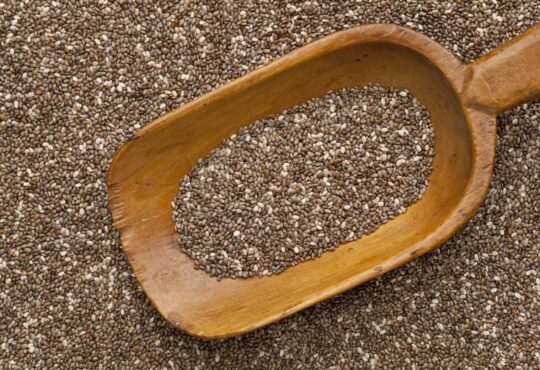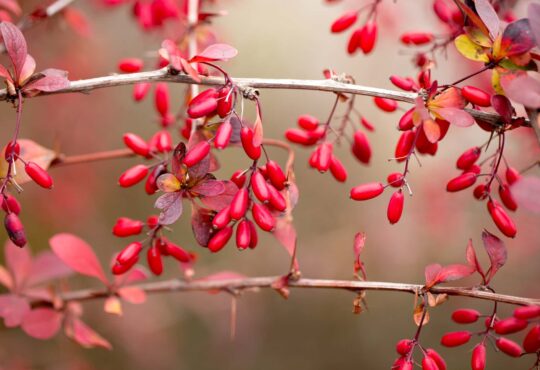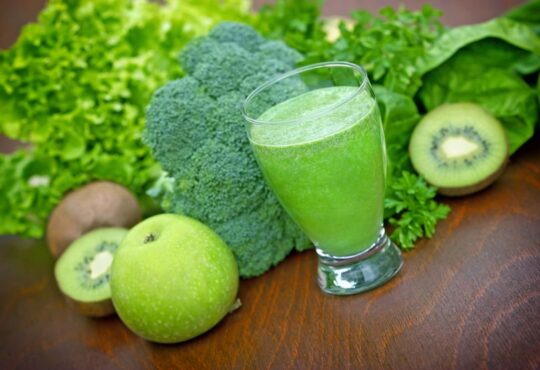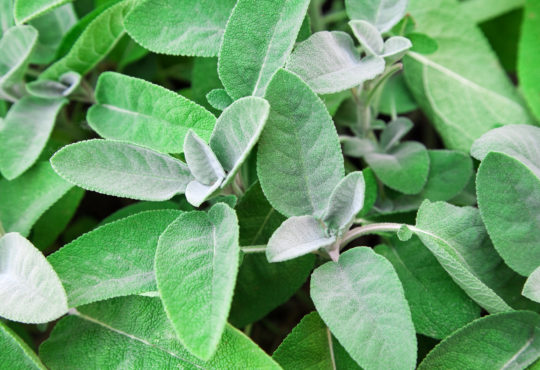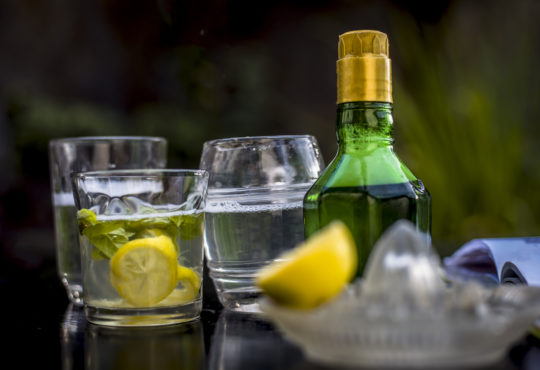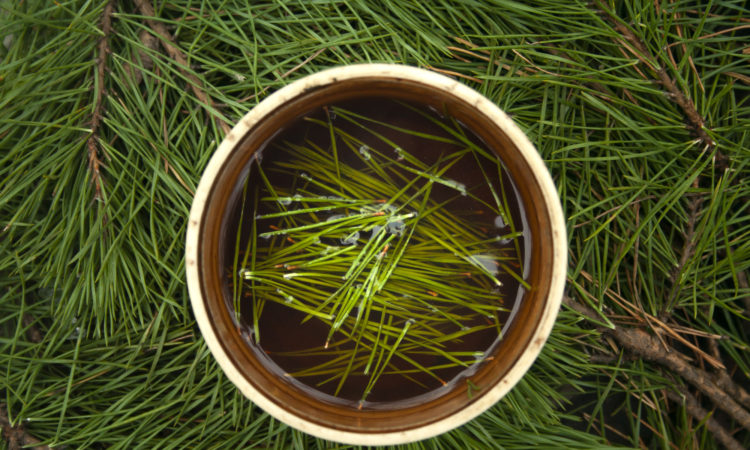
In case you ever find your ships frozen in ice during a harsh Canadian winter . . .
That’s what happened to the French explorer Jacques Cartier, the first European to map and describe the Gulf of Saint Lawrence.
On his second voyage, during the winter of 1535-1536, ice kept his fleet frozen at the mouth of the St. Charles River.
His men had their ordinary long-term provisions, but regular plant foods were buried beneath the snow.
So Cartier’s men began dying of scurvy. That’s the disease caused by a deficiency of Vitamin C. Your teeth fall out. Your personality changes. Eventually, you die from unstoppable bleeding or an infection.
Cartier’s crew were all suffering from scurvy until he asked the local Native Americans if they knew a solution.
They just pointed to the branches of trees overhead – pine trees. More precisely, Eastern white cedar (Thuja occidentalis).
Snow and ice killed and buried ordinary plants, but pine needles retained their health benefits.
Just boil, steep and drink.
We now know pine needle tea has five times more Vitamin C than limes. (And Cartier’s discovery came several hundred years before the British Navy gave all its sailors limes to prevent scurvy – which is why the British are still often called “limeys.”
Reportedly, many Native American peoples brewed pine needle tea from the various pine trees that grow in North America.
It’s also been used medicinally in China and Korea for hundreds of years. Taoist Chinese priests drink it for longevity.
Of course, we now know Vitamin C is a powerful antioxidant our bodies must take in from eating plants because we’ve lost the ability to make our own – unlike almost all other animals.
Vitamin C not only prevents scurvy, but boosts your immune system and your ability to fight off respiratory ailments.
Lots of Vitamin A as Well
Pine needle tea also contains a lot of Vitamin A, another important vitamin with many health benefits, including improving your vision.
Rich in Essential Oils and Phytonutrients
Besides those two vitamins, pine needles contain essential oils, flavonoid glycosides and procyanidins.
The scientific research is ongoing, but there’s evidence tea made from these needles is anti-inflammatory and antimicrobial as well as antioxidative.
However, pine needle tea does not contain pycnogenol, the antioxidant found in the bark of the species Pinus pinaster.
According to a study published in 2006 by The Institute on Aging at Seoul National University, cancerous rats and mice fed with a freeze-dried powder made from the pine needles of a species native to Korea, had the growth of their tumors suppressed.
A team of Chinese scientists studied an extract of a pine species that grows in the Western Himalayas. They published a study on how it was a strong antioxidant.
In a study of obese mice, ingestion of pine needle water reduced their oxidative stress – that is, how much free radicals were damaging their bodies.
Pine needle tea may also be beneficial for increasing strength and endurance, as shown in a 2014 study of rats.
These studies are interesting, but not promising enough to make pine needle tea the next health drink trend.
Besides, they were all done on rodents, not people.
WARNING:
Make sure you know what pine needles you’re making your tea with. Out of the hundred or so varieties of the genus Pinus in North America, 20 are toxic or have unpleasant side effects.
These include:
* English yew or European yew
* Norfolk island pine
* Ponderosa pine
* Balsam fir
* Lodgepole
* Monterey pine
* Yew pine or Buddhist pine or plum pine
* Cypress
Rule of thumb: avoid flat needles.
Safe Species:
* White pine, Eastern white pine (Pinus strobus)
* Eastern white cedar
* Noble fir
* Douglas fir
When in doubt, consult an expert – just as you would when picking mushrooms.
Or, try to find commercial prepackaged pine needles.
Also: Do NOT drink pine needle tea if you’re pregnant.
Instructions
1. Collect or buy a handful of young pine needles. Choose the needles farthest out on the branch.
2. Cut off any brown ends and remove sheaths by cutting or pulling.
3. Chop needles into 1/4-inch pieces.
4. Bring a cup or so of water to boil.
5. Throw in the pine needles.
6. Let them steep in the boiling water for 3-4 minutes.
7. Remove the pot from the heat, and let the needles steep as the water cools.
8. Once the needles have sunk to the bottom, after 20 minutes or so, pour the tea through a strainer, and drink – hot or cold.
Add lemon or honey as you like it.
NOTE: pine needle tea doesn’t get dark. It looks almost like water, but will have a taste that may remind you of turpentine.
And remember – these days, you can find plenty of food sources of Vitamins C and A at your local supermarket – all winter long.
https://www.organicfacts.net/health-benefits/herbs-and-spices/pine-needle-tea.html
https://www.forestholidays.co.uk/forestipedia/10-reasons-you-should-be-drinking-pine-needle-tea/
https://www.youtube.com/watch?v=PZSBKrXjJN0
https://www.youtube.com/watch?v=y-b1ShV2Kzg
https://www.youtube.com/watch?v=IrSqva1Y9Bg
https://en.wikipedia.org/wiki/Jacques_Cartier
https://selfhacked.com/blog/pine-needle/
https://www.superfoodly.com/how-to-make-pine-needle-tea-recipe-for-benefits-or-dangers/
https://www.rxlist.com/pycnogenol/supplements.htm


